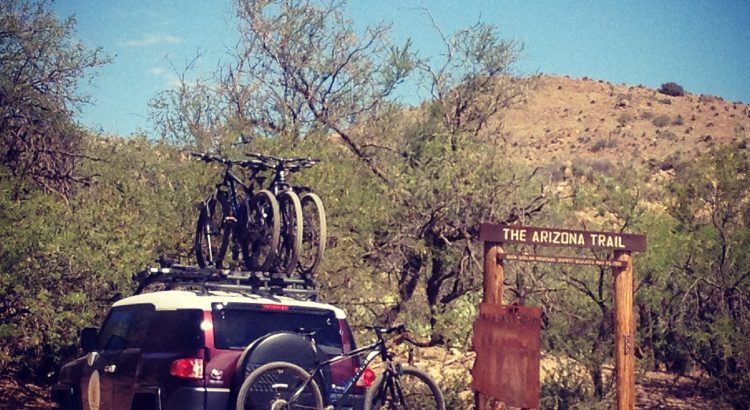Southern Trekking’s guide approach is friendly and committed to providing a unique, unforgettable, and safe experience to people of all ages. Your exciting adventure across the Tucson region will feature a wide range of events including night outings, outdoor meditations, mountain or road biking, and hiking for your convenience.
With close to 20 years of experience across the Tucson region, Southern Trekking has covered more miles and logged more experiences than any guide service in the region. Southern Trekking now provides useful pocket maps featuring some parts of the Arizona Trail and other places around Tucson including Fantasy Island Mountain Bike Park, Old Tucson Studios, and Gates, Robles, and Starr Passes.
Does a relaxing morning in Ventana Canyon with the sound of water flowing and birds singing tickle your fancy? Or do you prefer enjoying the sun while doing an outdoor activity in Tucson? Whatever your answer might be, you should certainly participate in one of Southern Trekking’s exciting adventures. The best thing about joining Southern Trekking on one of their adventures is that you do not have to be too concerned about your skill level since the skilled guide will be there to offer you guidance through every step of the way.
One of the most beautiful places that Southern Trekking explores is the Sonoran Desert. The Desert is beautiful during the day and night and is widely regarded as the most tropical among deserts in North America. The Sonoran Desert features summer rainfall from the tropical oceans and a frost-free climate. The structurally diverse vegetation of the Sonoran Desert, which features leguminous trees and columnar cacti, is easily distinguishable from those of the shrub-dominated Mohave, Chihuahuan, and Great Basin Deserts. The Sonoran Desert has both biological and geographic links with more tropical communities. In one day’s travel, explorers can begin along Interstate 19 in the desert grasslands and oak woodlands in southern Arizona, and make their way through thorn scrub, tropical deciduous, and desert scrub forest habitats in Sonora on Mexico 15, enjoying the delightful transition between New World tropics and temperate zone communities. Although the Sonoran Desert’s vegetation gradient offers a sense of its association with the tropics, it does not offer a full-fledged explanation. To truly comprehend it, one must dive deep into the tropical roots and evolutionary history of the Sonoran Desert.
The Sonoran Desert as we presently know it, with its unique assemblage of animals and plants is quite recent when you take geological time into account. The Sonoran Desert as well as other deserts in North America comprise some of the youngest biotic communities in the region. While a few Sonoran species have undergone evolution in traditional tropical seasonally-dry communities, the evolution of unique desert-adapted animals and plants and the development of the characteristic regional climates are believed to have come together to create the Sonoran Desert in the late Miocene approximately eight million years ago. The evolution of global climate led to the development of similar conditions several times subsequently, With the Sonoran Desert contracting, expanding, and redefining itself. The Sonoran Desert’s most recent expansion into its present era in California and Arizona occurred about nine thousand years ago, with the new communities of animals and plants following after 4500 years.
